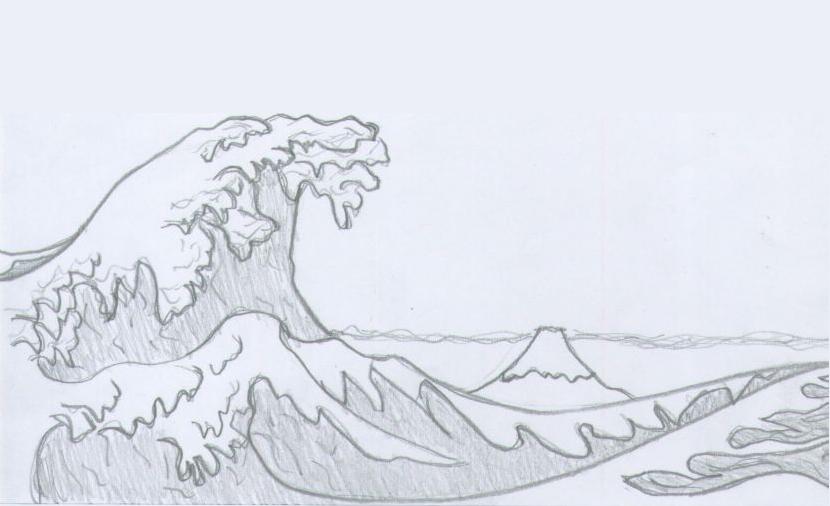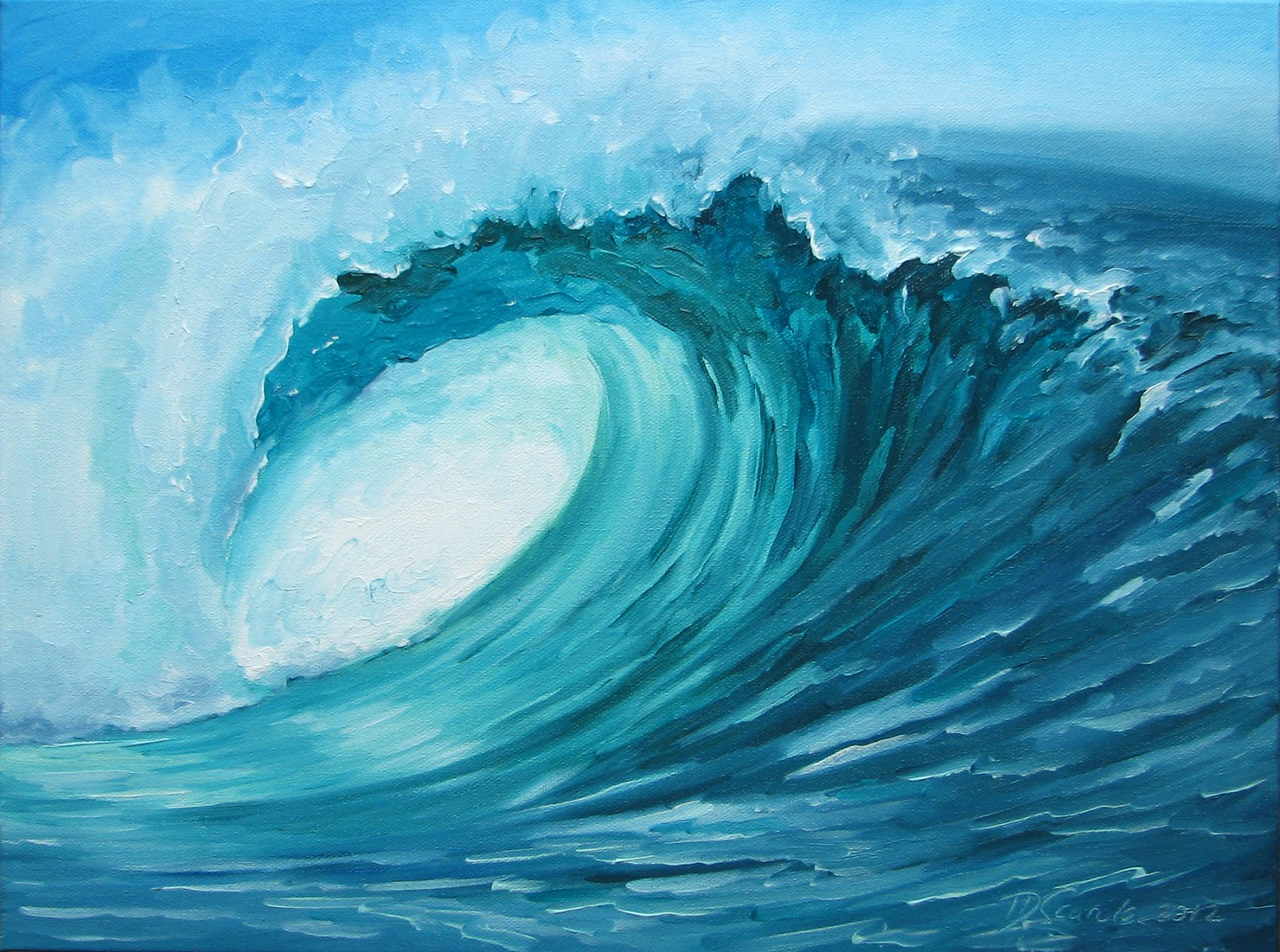


Then draw white/ yellow reflection lines inside the heart shape. You can pair your canvases together and draw a heart with a piece of chalk. This is a reflection on the bottom of the canvas. Then paint some more white/ yellow reflection lines below the sun. Otherwise paint your sun anywhere on the horizon line. If you are doing this as a “duo couples painting” you can have your sun right in the middle. I also used a round brush to paint some individual tiny circles on the wave with more titanium white. I tend to go overboard with too many water lines but I love color! I added more darker water lines as well as more white lines. Next use your round brush and add yellow and pink over the white reflection lines. Then use a toothbrush to splatter white paint in the areas where you did the splash texture (or pretty much all over the wave if you want). Load it into titanium white and tap the brush to create the texture.Īdd splash texture to the tip, the bottom and top of the wave. Use a round “bristle brush” to paint the splash texture. These white lines will be used as a base for some of the sunset color after the white dries. Use your round brush to paint bright white water lines on the inner part of the wave as well as the bottom underneath the wave. You can add cobalt blue hue in there as well. Storm surges and tsunamis power onto land like a wall of water, wiping out anything in their way.Then paint turquoise on the bottom part of the water, having the water go horizontal on the bottom part under the wave. Underwater earthquakes or mudslides can cause long waves called tsunamis. Not all waves crest on shore the way wind-caused waves do. It crashes onto shore and slides up the beach before retreating. The wave crests, curling over the top and tumbling over itself. This causes the water behind it to pile up. It’s only when those swells reach shallow areas that we see the distinctive form of a wave.Īs the circular flow of water runs into the seafloor, it catches on the bottom and slows down. Swells don’t look like the waves we see on the beach.

When wind creates waves in deep water, we get large swells. Next time you see a buoy out on the water, watch it bob up and down. If you were small enough to drift in the water, your body would complete a circle. You then drop into the trough (low point between waves). If you have ever stood in a wave, you know this feeling. As it goes it circles back to its starting position or a spot very close to it. Then gravity takes over, pulling it back down again.

As it reaches the highest point (the crest), it slows. A particle of water on the surface moves up. But they don’t simply travel in the direction the wind is blowing. This energy causes particles of surface water to move. When it blows across water, it transfers some of that energy to the water. It’s this difference in temperature that causes wind. Hot air rises, drawing in air from cooler areas to fill the space. It’s most intense near the equator and decreases as we get closer to the poles. What causes waves? Wind and, ultimately, the sun. These waves crash on the beach, waking you in the morning and lulling you to sleep at night. A trip to the ocean means sun, wind, and waves.


 0 kommentar(er)
0 kommentar(er)
